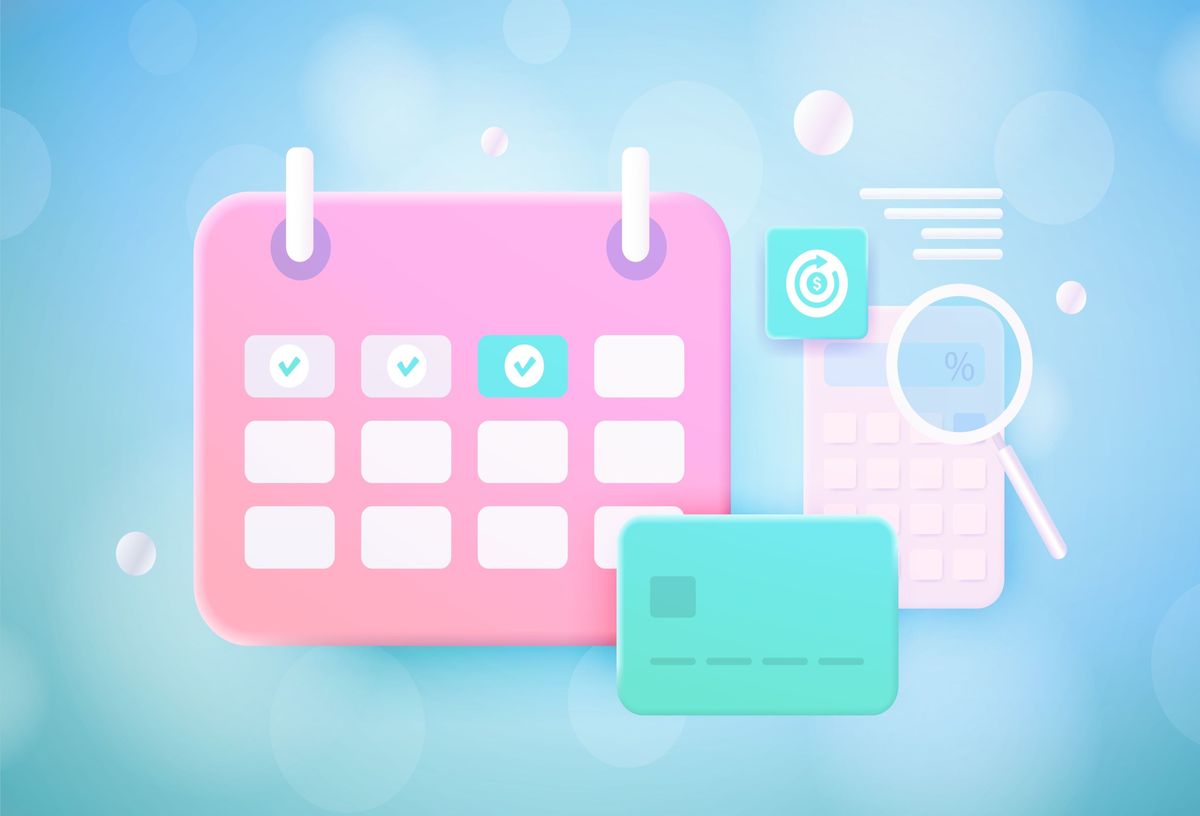Earlier this year, Instagram began rolling out subscription services, giving a select few content creators the ability to charge fans for access to specific content. Following the success of the OnlyFans subscription model, it’s no surprise that Instagram has tried to follow in the footsteps of charging users for exclusive content.
Whilst it remains unclear yet whether this feature has been a success for Instagram, it shows a clear effort by Meta to combat the rise of other platforms (like TikTok and YouTube) whilst vying for original content. Interestingly though, Meta (and Instagram) will not be collecting any fees from creators until at least the end of next year, showing their willingness to incentivise creators to utilise the platform. So, what can we expect to see next?
Instagram’s master plan
The latest measures have been bolstered by Instagram’s announcement of a new set of tagging features, with the aim to provide users with the chance to give credit to original content creators and rank content for originality. Again, this shift is a bid to drive more interesting and diverse original content on users’ feeds, in turn, make it easier for users to search for stimulating content that others are engaging with.
These steps – along with the creator fund the platform launched mid-last year, in which Instagram said it would provide $1 billion to creators over the course of 2022 – are evidence that Instagram is waging war with the likes of TikTok, YouTube, and Snapchat to become the leading creator first platform. The challenge, however, seems to be whether they can lure some of the original content over from these platforms as with increased competition from other channels, Instagram could lose its audience base if users feel their experiences are becoming stale.
How likely is this to happen?
The key performance indicator is whether Instagram can change the way people use the app and the way they incentivise it. Firstly, the creator fund does not stretch far enough. With the creator economy growing exponentially, and the ways in which we consume media diversifying, monetary reward is what will set certain platforms apart.
YouTube was the pioneer in this space, utilising the similar Patreon model that Instagram is tapping into, supporting creators and encouraging them to stay within the community. To ensure that trending creators prioritise Instagram as their creative outlet, they must be renumerated fairly – a steep ask in a competitive industry.
For Instagram to become a creator-first platform, the entire experience of the app needs to change alongside the user behaviour of more than one billion people globally. As we know, modern audiences don’t often dedicate their full attention to social media feeds as they are multitasking with other forms of media, meaning Instagram is often considered a second-screen experience for users. Meanwhile, the likes of TikTok are famously succeeding as being a one-screen experience. To keep up with this, the goal for Instagram is to turn people’s feeds into a first-screen experience, one that demands the full attention of the user.
To achieve this, it requires the creation of original, non-repurposed content that engrosses its audience completely. Currently, a lot of what we see on Instagram is repurposed from other platforms (think seeing the same video on both TikTok and Instagram Reels). It may seem easy to rinse and repeat an already successful formula, but consumers are quick to catch on. And with many having numerous social media accounts, by the time content reaches Instagram they have often already seen it. People traditionally don’t enjoy seeing regurgitated content and the lack of platform-specific videos or images means that engagement levels aren’t as consistent as Instagram would perhaps like and expect. Consequently, if the content is average, people will not be able to justify the subscription cost.
Who will benefit from the service?
Social is often used as a tool for learning amongst communities and those that will benefit most on the platform are the ones already creating Instagram content for niche audiences. These brands and influencers can make the most of their like-minded audiences and therefore monetise their content. Just take Joe Wicks, who has grown a dedicated fitness-based audience and would most likely do well in monetising his content on the platform.
But in terms of attracting new content creators, Instagram has fallen victim to its own lack of progress. For years, not enough has been done to support creators, and other platforms have capitalised on it. This is indicative of a wider growing creator economy and with the landscape becoming so expansive, creators can pick and choose the platforms they use.
Ultimately, the latest updates are nothing groundbreaking and the subscription initiative requires a huge behavioural shift from users. Only time will tell if this will be a success in attracting the best creators and growing audience. For people that have already carved out their niche on Instagram, subscription services may prove beneficial in reinforcing dedicated online communities. But more has to be done to capture the attention of the everyday scroller.








